Rank Species | ||
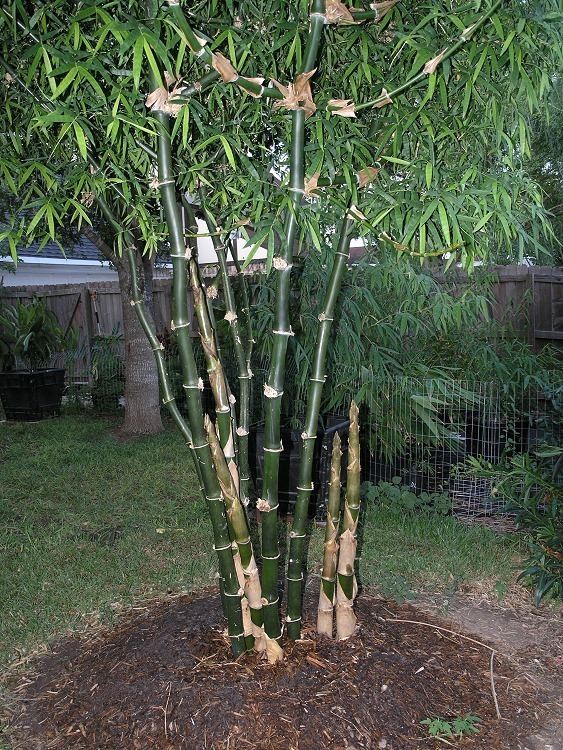 | ||
Similar Bambusa, Dendrocalamus strictus, Gigantochloa, Dendrocalamus, Bambusa vulgaris | ||
Herbal medicine bambusa bambos natural cure for bronchial ailments or asthma
Bambusa bambos, the Indian thorny bamboo, is a species of clumping bamboo native to southern Asia (India, Bangladesh, Sri Lanka, Assam, and Indochina). It is also naturalized in Seychelles, Central America, West Indies, Java, Malaysia, Maluku, and the Philippines.
Contents
- Herbal medicine bambusa bambos natural cure for bronchial ailments or asthma
- Micropropagation of bamboo bambusa bambos by mohd sameer shiats allahabad
- Habit
- Appearance
- Uses
- Medical Uses
- References
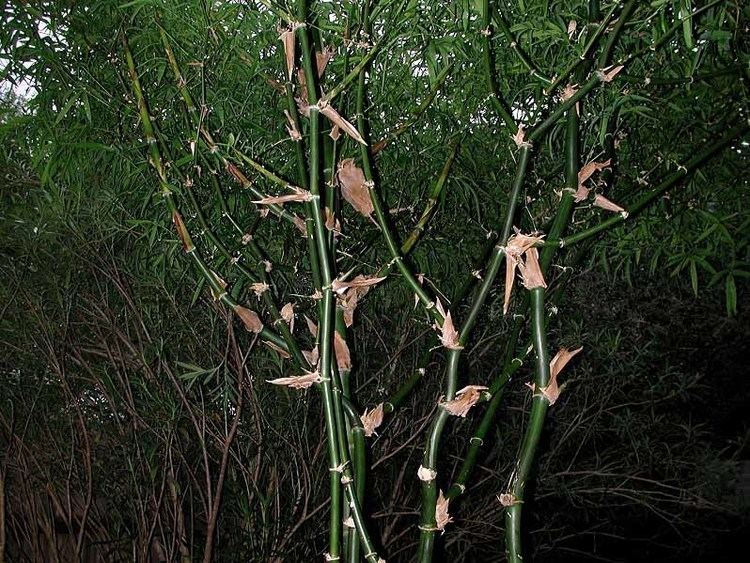
Micropropagation of bamboo bambusa bambos by mohd sameer shiats allahabad
Habit
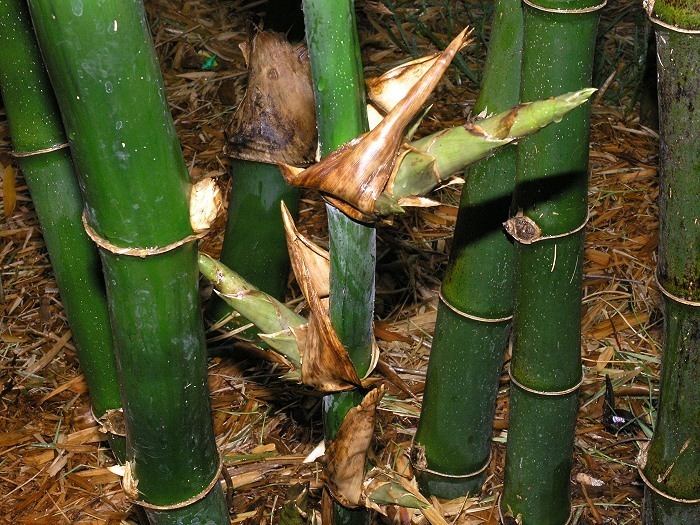
It is a tall, bright-green colored spiny bamboo species, which growing in thickets consisting of a large number of heavily branched, closely growing culms. It reaches a height of 10-35 m and grows naturally in the forests of the dry zones.
Appearance
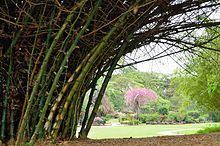
Culms are not straight, and bright green, which becomes brownish green when drying. Young shoots are deep purple in color. Culms are armed with stout, curved spines. Branches spread out from the base. Aerial roots reach up to few nodes above. Internode length is 15-46 cm, and diameter is 3.0-20 cm. Culm walls are 2.5-5.0 cm thick. Nodes are prominent and rootstock is stout.
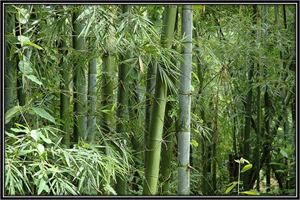
Culm sheaths are dark brown when mature, elongated, and cylindrical. Length of the sheath proper is 15-25 cm and 12-30 cm in width. Blade length is 4.0-12 cm. Auricles are not prominent. Upper surfaces of the sheath are covered with blackish-brown hairs. Lower surfaces of the sheath are not hairy. Sheaths fall early.
Uses
They are extensively used in many works, mainly for making bridges and for ladders. Leaves are used for thatching.
Medical Uses
The plant contains high levels of silica and is used in many ways in Ayurvedic medicine[254].
The root is astringent and cooling[254].
It is used to treat joint pain and general debility[254].
The leaves are antispasmodic and emmenagogue[254].
They are taken internally to stimulate menstruation and to help relieve period pain[254].
They are also taken to tone and strengthen stomach function; to expel worms; and have the reputation of being aphrodisiac[254].
The young sprouts, harvested as they emerge from below soil level, are taken internally to relieve nausea, indigestion and wind[254].
They are applied externally as a poultice to help drain infected wounds[254].
The juice of the plant is rich in silica and is taken internally to aid in the strengthening of cartilage in conditions such as osteoarthritis and osteoporosis[254].
